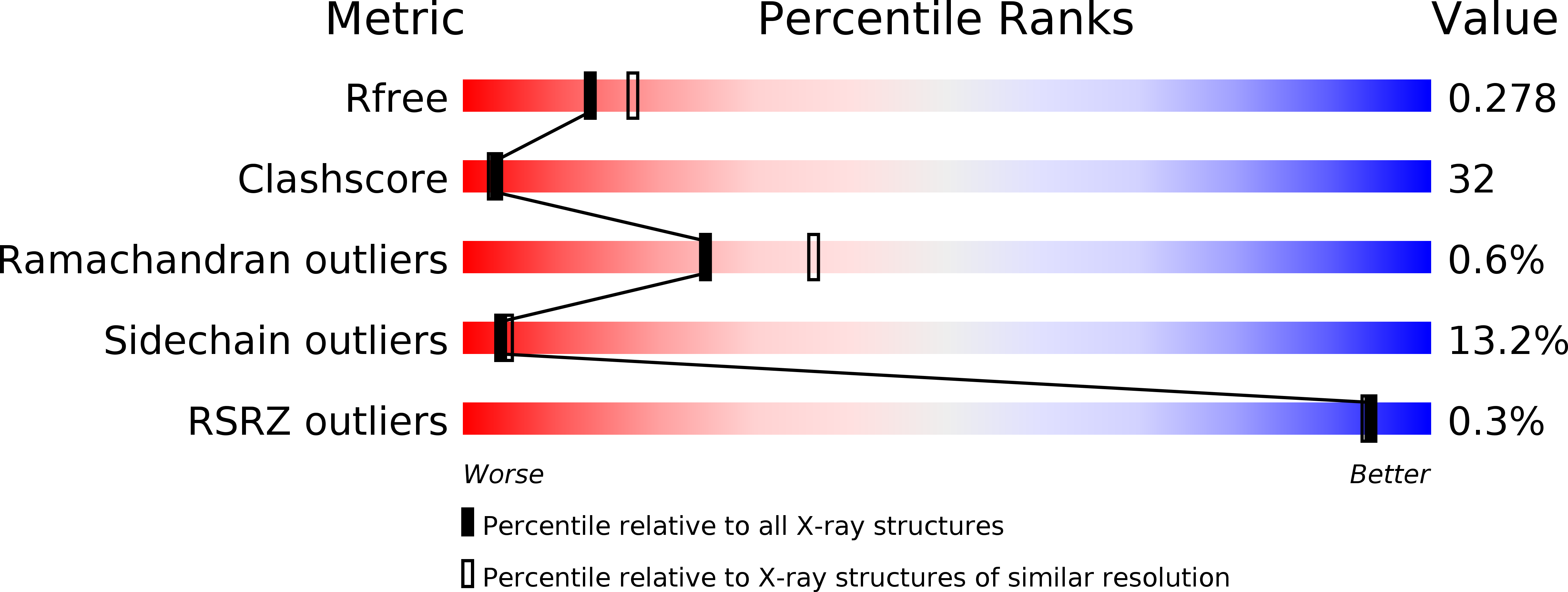
Deposition Date
2001-12-08
Release Date
2002-03-27
Last Version Date
2024-10-30
Entry Detail
PDB ID:
1KKH
Keywords:
Title:
Crystal Structure of the Methanococcus jannaschii Mevalonate Kinase
Biological Source:
Source Organism:
Methanocaldococcus jannaschii (Taxon ID: 2190)
Host Organism:
Method Details:
Experimental Method:
Resolution:
2.40 Å
R-Value Free:
0.28
R-Value Work:
0.2
Space Group:
P 1 21 1


